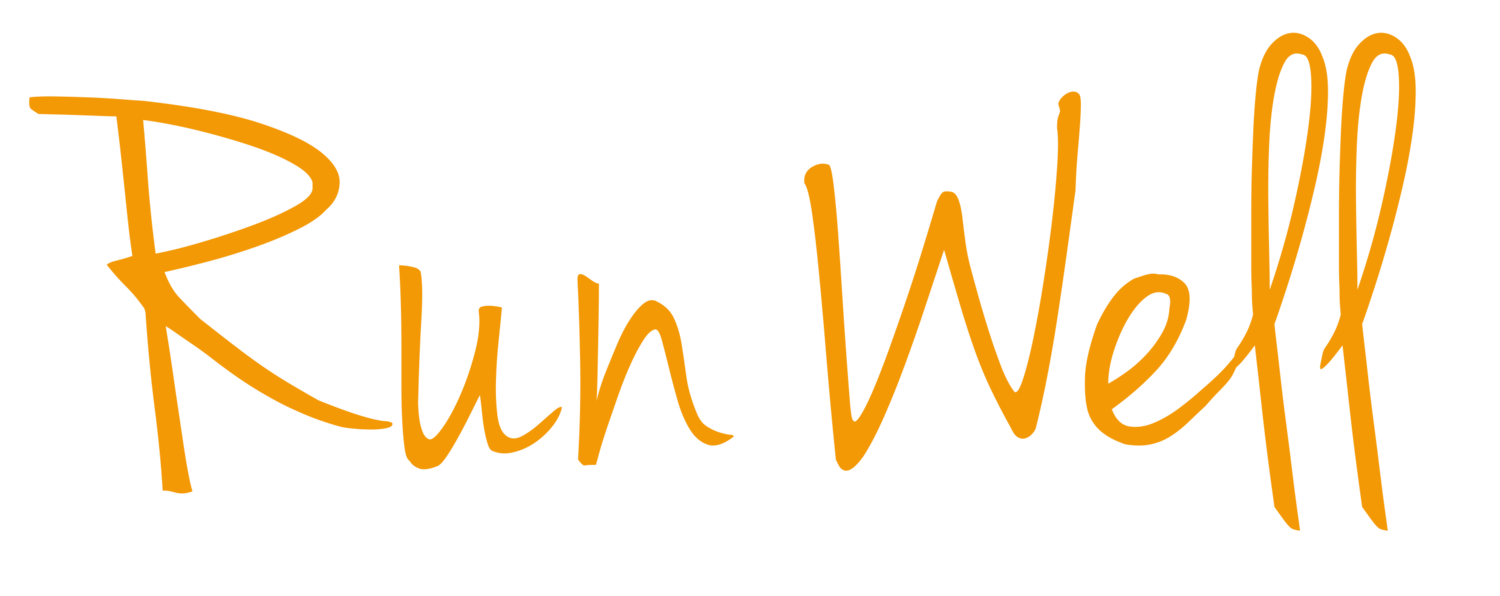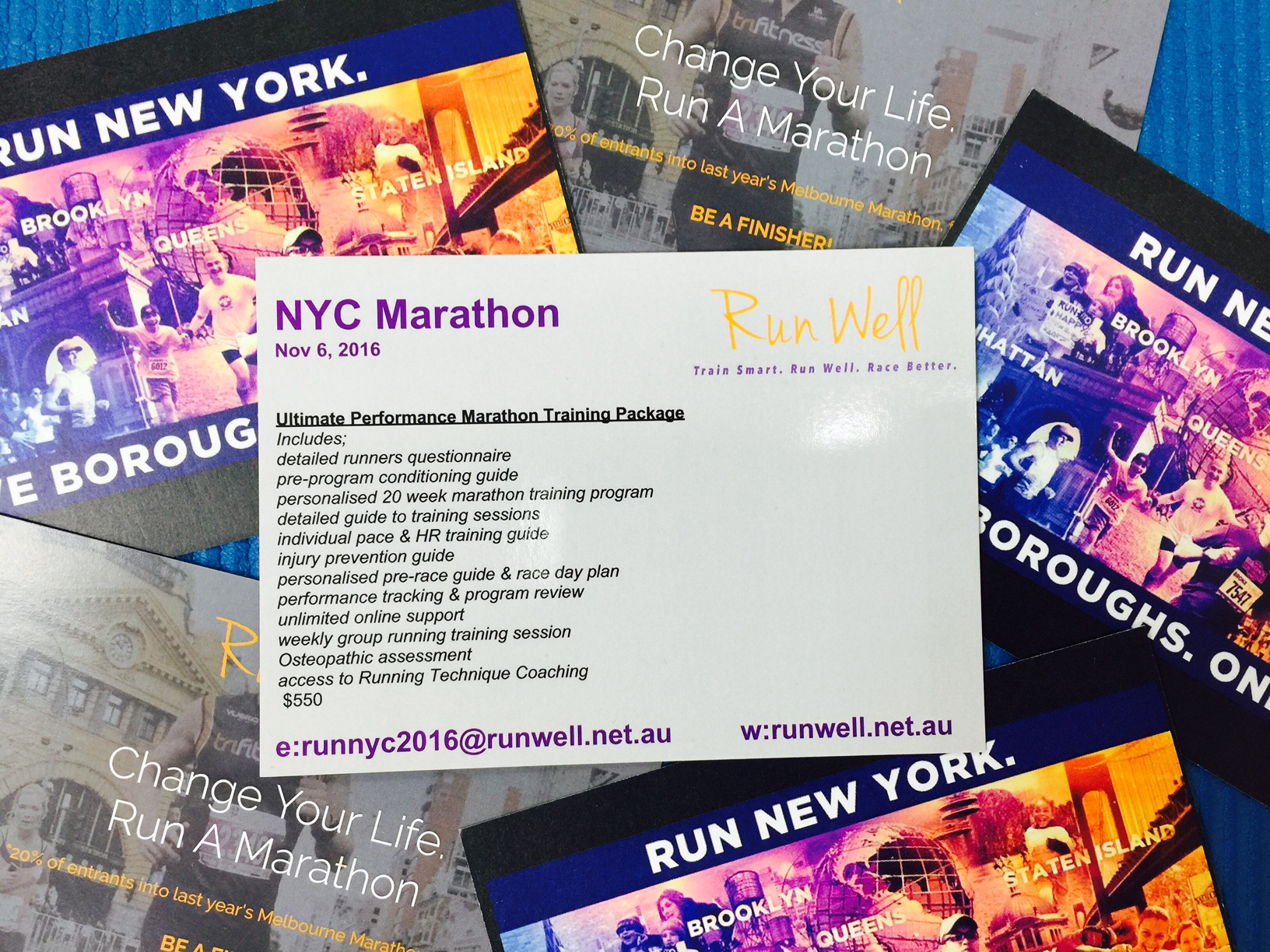I've just finished reading one of the best books about running that I've ever read.
“Before stop watches, cinder tracks and perfect records, man ran for the purest of reasons: to survive. The saying goes, “ Every morning in Africa, an antelope wakes up. It must run faster than the fastest lion or it will be killed. Every morning in Africa a lion wakes up. It must run faster than the antelope, or it will starve. It doesn’t matter whether you’re an antelope, or a lion - when the suncomes up you’d better be running.”
There are few instincts more natural than the body in full motion as it races across a field or through the trees. From the beginning, we were all made to run. In days past, when ‘survival of the fittest’ meant exactly that, the only measure of the race was whether the hunted reached safety before being overtaken. Seconds and tenths of seconds had no meaning. ”
It's been nearly a couple of months now since we ran the Melbourne Marathon, and whilst I'm happliy back into my running, and running for the pure enjoyment of it, I am looking forward to getting back into a scheduled program and pushing myself again, as I set some personal goals and events for 2016.
This particular book has only inspired me more as I am reminded of how much running is not only a major part of my life, but a reflection of life itself.
The Perfect Mile, is a book about the global race to break the seemingly impossible barrier, the 4 minute mile. After failing miserably at the 1952 Helsinki Olympics, three world class runners set out on a personal quest to achieve this monumental feat.
From separate corners of the globe, these three athletes trained themselves harder than anyone before them, daring to push the physical and mental limits of their very being.
None more-so than our very own John Landy, considered the perfect running specimen and arguably the greatest miler of his time (yes, I'm biased). His story alone is one of one incredible drive, focus, & ambition with a good does of humanity thrown in. His story alone, is sure to make you proudly Australian.
With Xmas approaching there are many worthy distractions that take us away from our running or exercise routines. Whilst it's good to let go a bit and have a well deserved break, this can serve as a prelude to re-ignite your passion as you build into your next campaign.
When the New Year comes around, and you're looking for some inspiration and goal setting to get you going again, you could do worse than picking up a book.
Give the gift of inspiration with a great book about running.
Here's some of my favourite titles to consider if you're looking to give or receive the perfect gift!
If you're thinking about running the marathon next year, or aiming for a personal best time? At Run Well we can help you achieve your goals.













